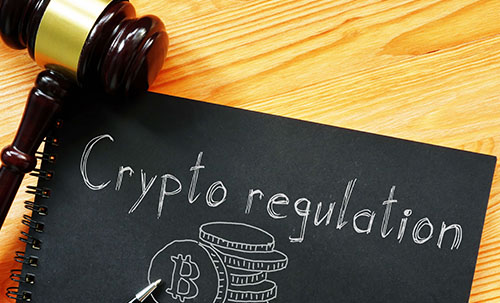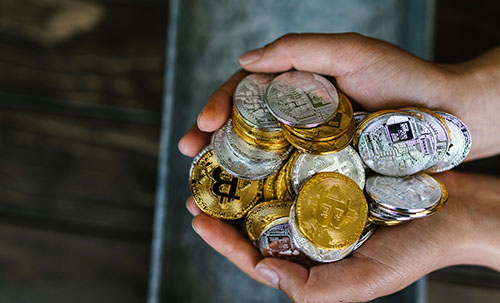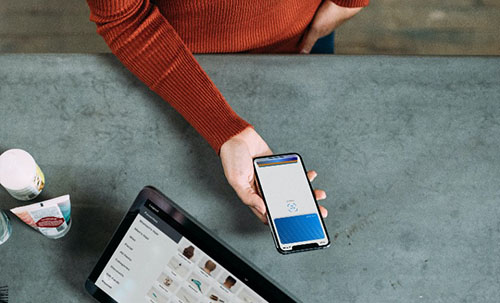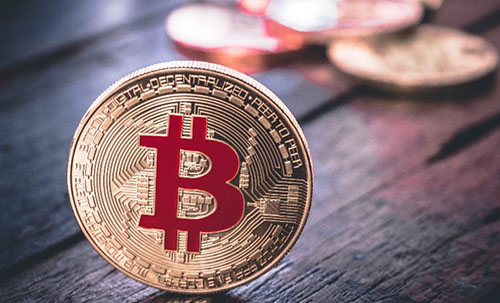Transforming banking with blockchain and digital assets
At DBS, we are big believers of experimentation. We continually reimagine the future of banking by leveraging the power of blockchain and digital assets to remove friction, build trust and unlock new value.
By keeping a highly automated, unalterable record of transactions visible, blockchains (also commonly known as decentralised ledgers), have the potential to boost efficiency, provide instant settlement and enhance transparency across a myriad of functions, including payments and trade finance.
On the other hand, digital assets are a medium of exchange, created and stored digitally on the blockchain.
What is DBS doing in this space?
As a leading digital bank, we have established several blockchain-based businesses over the years.
These include:
What’s next
At DBS, we constantly push the frontiers of technology to unlock new avenues of growth.
Blockchain and digital assets are poised to be the future of tomorrow’s digital economy. Emerging technologies and solutions like these have the potential to bring about revolutionary changes to many conventional financial solutions and products.
Beyond digital assets, another key innovation that this technology has enabled is Decentralised Finance (DeFi), where tokenisation and the use of smart contracts allow peer-to-peer financial transactions without the need for intermediaries, based on self-governance by the DeFi community.
We are keeping a firm pulse on these developments, and will continue to explore ways with our clients and partners to harness the benefits of new technologies, and unlock new opportunities together.
More on blockchain and digital assets
DBS has been applying blockchain and AI technologies to create a banking experience that’s innovative, intuitive, and fuss-free. So, find out what is blockchain technology, how it works, and how it’s making the world a better place.
The financial services industry is on the cusp of massive changes. While these emerging technologies have been in existence for some years, they are finally reaching a tipping point and creating exponential impact in areas such as digital assets and trade finance.
Blockchains
i) Public networks
Anyone can participate in a public blockchain. The downside is that a high level of power is likely required, and transactions will be public, resulting in weaker security. These are important considerations for financial institutions and companies.
ii) Private networks
A private blockchain network is a decentralised peer-to-peer network. It can be run behind a corporate firewall and hosted on the organisation’s own premises.
iii) Permissioned networks
Businesses which opt for private blockchains will generally set up a permissioned network. This places restrictions on participants that are allowed to join the network.
iv) Consortium
Several organisations can share the responsibilities of maintaining a blockchain. These pre-agreed members in turn determine who may submit transactions or access the data on the network.
Digital assets
i) Crypto assets
Any digital store of value or medium of exchange stored on the blockchain.
Potential use cases
Investments
Payments
Creating a coin to fund a project
ii) Stablecoins
A type of cryptocurrency designed for price stability. Stablecoin prices are linked to fiat currencies, commodities or other crypto assets.
Potential use cases
Payments
Foreign exchange
Cross-border payments and transfers
iii) Non-fungible tokens (NFTs)
A token that represents ownership of a unique digital item, such as digital art. An NFT certifies that the holder owns the underlying digital asset and can sell, trade or redeem it.
Potential use cases
Proving your identity and granting access (to a physical or virtual event)
Tokenising your supply chain to track inventory movement and ownership
Ownership of virtual items
iv) Central bank digital currencies (CBDCs)
A type of digital asset that represents a nation’s fiat currency and is backed by its central bank.
Potential use cases
Payments
Cross-border payments and transfers







